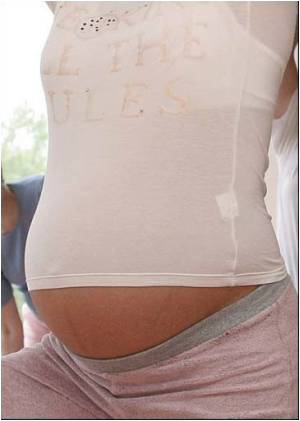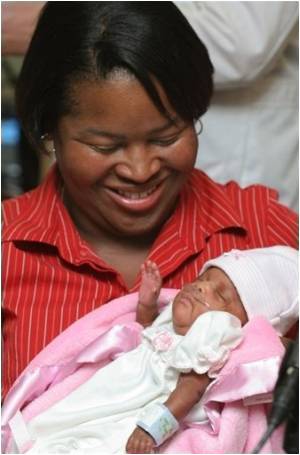A new research has found that babies born between 34 weeks and 37 weeks gestation are much more likely to have respiratory illness compared to infants born at full term.

"Even at 37 weeks, babies were three times more likely to have respiratory distress syndrome compared to babies born at 39- or 40 weeks," said Hibbard, UIC professor of obstetrics and gynecology and lead author of the study.
Data were collected from electronic medical records on 233,844 deliveries at 19 hospitals across the U.S. between 2002 and 2008.
Hibbard said respiratory illnesses such as RDS, transient tachypnea, pneumonia and respiratory failure can lead to other problems such as longer hospitalization, the need for a ventilator or antibiotics, and issues with feeding and failure to gain weight.
Using a statistical model, the researchers examined infant respiratory illnesses at each gestational week, controlling for factors that influence respiratory outcomes including maternal medical conditions, length of labor and mode of delivery, and birth weight.
The study found that late preterm births accounted for 9 percent of all deliveries. Thirty-seven percent of late preterm infants were admitted to the neonatal intensive care unit, compared with 7 percent of term infants.
Advertisement
Transient tachypnea, also called "wet lungs," was the second most common respiratory illness, occurring in 6.4 percent of 34-week deliveries, and decreasing to 0.3 percent at 39 weeks.
Advertisement
The study is published in the July 28 issue of JAMA.
Source-ANI












